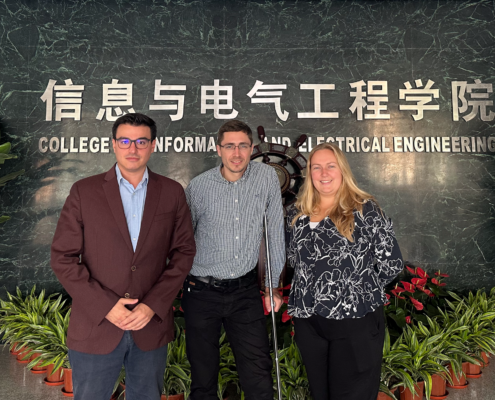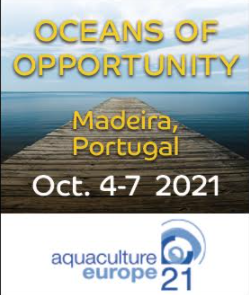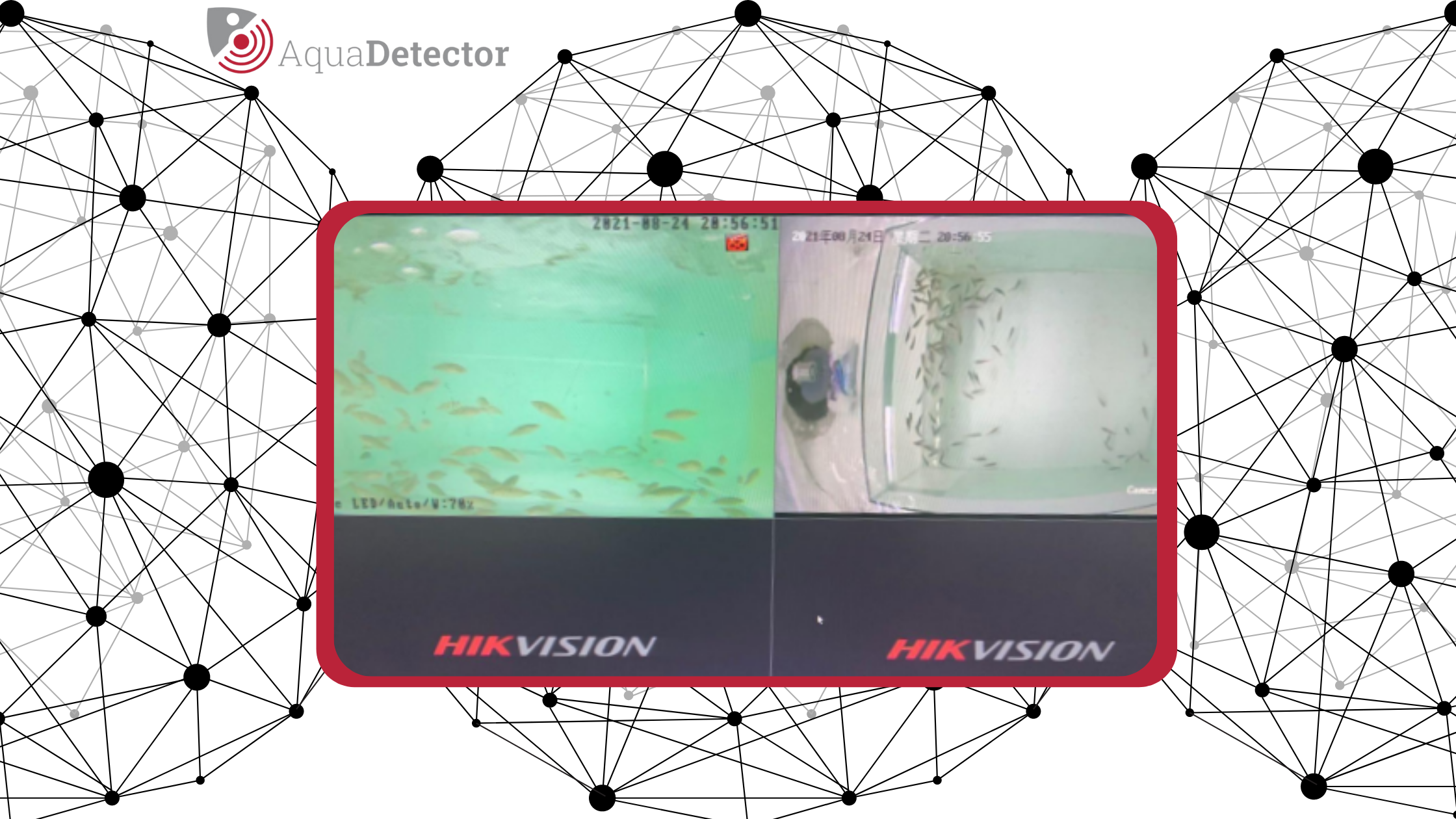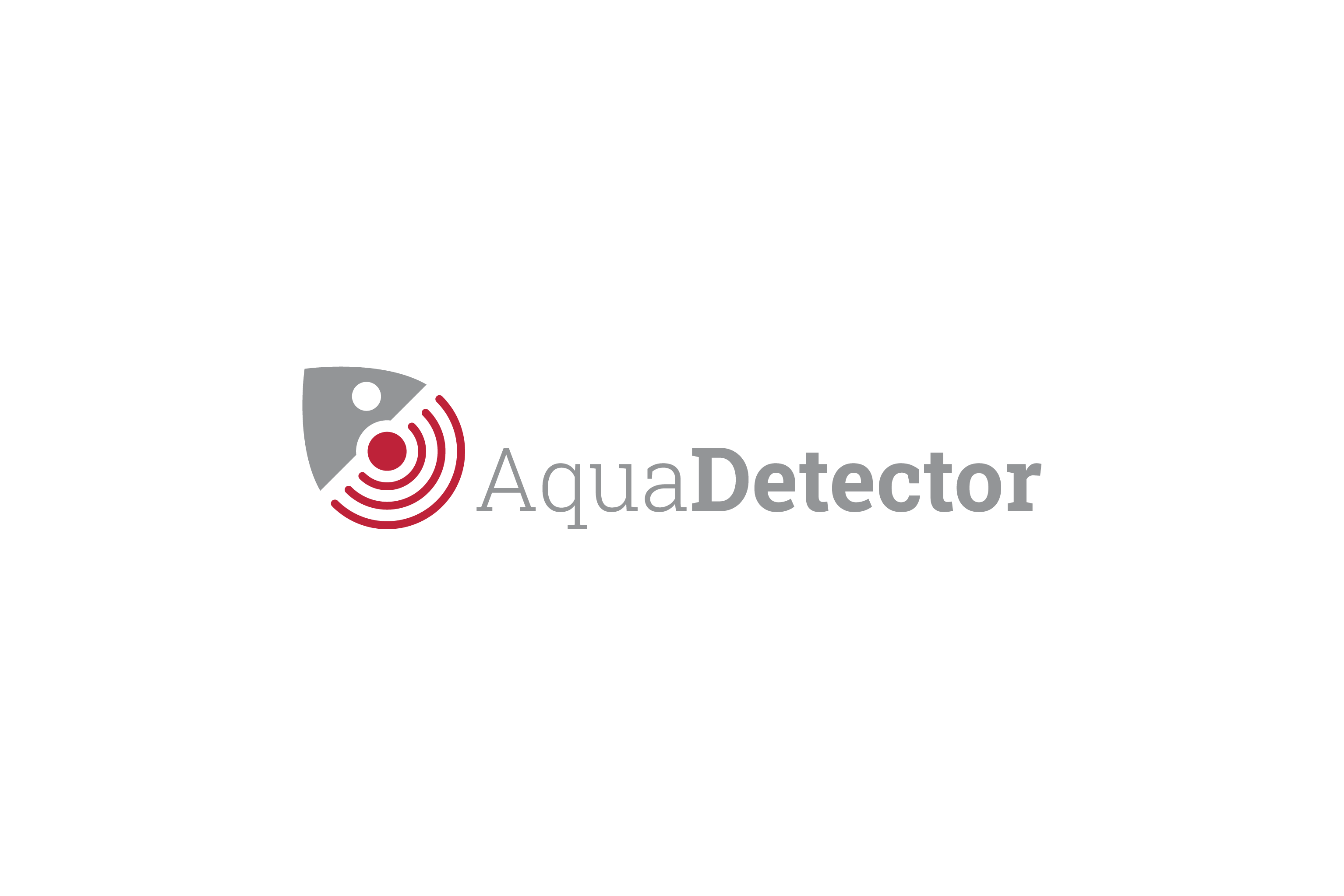All aquaculture producers recognise the importance of maintaining good water quality, especially for their juvenile fish, that can be even more sensitive to variations from optimal conditions. This is important for all production methods, but vitally so in recirculating aquaculture systems (RAS), where the water is continuously reused and the fish are entirely dependent on the producer for their needs.
Identifying the most important water quality indicators, how to monitor them, and mitigate dangerous conditions, is the priority of the researchers working together on the AquaDetector Sino-Malta project, to help ensure the optimal survival, growth and welfare of our juvenile trout and grouper growing in the facilities of AquaBioTech Group and Mingbo Aquatic.
AquaBioTech Group Aquaculture consultant and researcher on the project Freya Robinson is responsible for ensuring all of the important factors are considered. “Dissolved oxygen is the most critical and limiting parameter in RAS. Oxygen is completely necessary to the biological functions of fish, and we face additional challenges, as the oxygen consumption increases after the fish are fed and during stressful conditions such as treatments”.
Feeding, growth and respiration all significantly influence water dissolved oxygen and sudden changes can lead to mortality, stress, disease, and reduced growth. Both low and excess levels of oxygen can negatively affect fish health. High oxygenation (supersaturation) can lead to gas bubbles in the bloodstream or cataract formation in the fish, while at low levels of oxygen fish give lower growth rates, lower feed conversion efficiency, and poorer swimming ability. Larval fish (especially salmonids) are more susceptible to low oxygen levels than adults which means monitoring of oxygen at the beginning of their life cycle is critical.
Crucially, oxygen not only affects the fish but the whole RAS system as the biofilter must be well oxygenated so that a build-up of toxic compounds doesn’t occur. Oxygen affects ammonia concentration also, which can have very detrimental effects on the fish if allowed to build up. These factors, along with many others, is why oxygen is considered the most critical and limiting parameter in recirculating aquaculture systems (RAS) and therefore the monitoring of this parameter is essential for fish health, growth, and welfare.












Share this entry